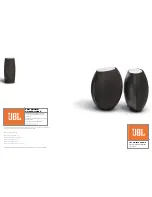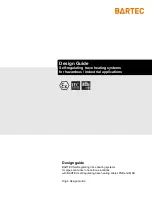
11
www.strata.co.nz
EZIARC 160 • EZIARC200
Flat Position,
Down Hand Butt Weld
(Fig 1-11)
Flat Position,
Gravity Fillet Weld
(Fig 1-12)
Horizontal Position,
Butt Weld
(Fig 1-13)
Horizontal-Vertical
(HV) Position
(Fig 1-14)
Vertical Position,
Butt Weld
(Fig 1-15)
Vertical Position,
Fillet Weld
(Fig 1-16)
Overhead Position,
Butt Weld
(Fig 1-17)
Overhead Position,
Fillet Weld
(Fig 1-18)
Joint Preparations
In many cases, it will be possible to weld steel sec-
tions without any special preparation. For heavier
sections and for repair work on castings, etc., it will
be necessary to cut or grind an angle between the
pieces being joined to ensure proper penetration of
the weld metal and to produce sound joints.
In general, surfaces being welded should be clean
and free of rust, scale, dirt, grease, etc. Slag should
be removed from oxy-cut surfaces. Typical joint de-
signs are shown in Figure 1-19.
Open Square Butt Joint (Fig
1-19a)
Gap varies from1.6mm (1/16”)
to 4.8mm (3/16”) depending on plate thickness
Single Vee Butt Joint
(Fig 1-19b)
Not less than 45°
Single Vee Butt Joint (Fig
1-19c)
Not less than 70°
1.6mm (1/16”) max.
1.6mm (1/16”)
Double Vee Butt Joint (Fig
1-19d)
Not less than 70°
1.6mm (1/16”) max.
1.6mm (1/16”)
Basic MMA Welding Guide










































